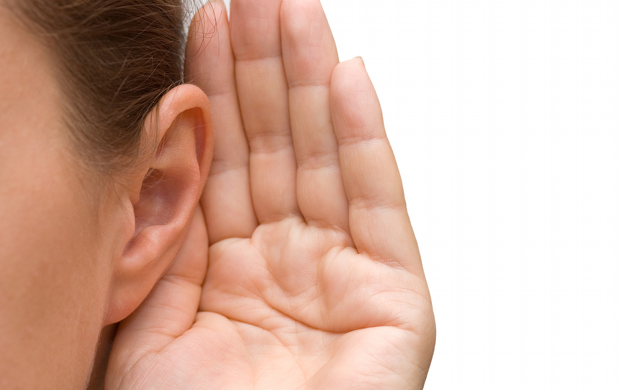It’s no accident that virtually every successful television commercial has a powerful audio track, as advertisers and their creative agencies put a lot of thought into how their television commercials sound. We all recognize that these commercials are supported with large ad budgets — but what often goes unrecognized is that a tremendous amount of “audio” equity is a byproduct of this extensive television investment. All too often this equity is being under-leveraged and left to wallow on “marketing” benches.
Last year, a study by the Time Warner Research Council concluded that audio cues served to refocus attention on both television shows and commercials when viewers were multitasking. Another recent study by EyeTrackShop found that 28 percent of a TV ad’s impact is lost in terms of brand recall and general perception when commercials are muted. But the results of our study show the impact of audio in television commercials to be much higher. Television advertisers should take note.
We studied television commercials from 14 major U.S. advertisers including CoverGirl, Old Spice, Diet Pepsi, Allstate, Duracell, Snickers, Warner Brothers, Dos Equis, Apple, DirectTV, Taco Bell, Capital One, Outback and GEICO. All audio and visual “brand” references were extracted, and respondents were served either the de-branded TV clip or an audio version of the same commercial.
The participants were asked three questions: to identify the brand, pinpoint their “aha” moment of recognition, and describe their emotional response to the audio and video segments.
In the absence of any visual cues, the audio clips generated brand identification metrics that rivaled — and in some cases equaled — the TV clip, as other senses compensated for the lack of any visual stimulation. Overall, the audio clips generated 93% of the brand identification scores that the television commercial clips generated, with the scores ranging from 82% for CoverGirl to 100% for Diet Pepsi and Duracell. Clearly, audio cues effectively filled any communication void that might have been presumed due to the lack of any visual stimuli.
Regarding “aha” moments, what we discovered surprised even us. Respondents to the television clip often cited various audio triggers — in some cases, 2-3 times as often as the visual cues. For example, 25% of respondents exposed to the Taco Bell television clip referenced visual cues as the brand trigger, while 55% mentioned the sound of the iconic Taco Bell “bong” as the “aha” branding moment. For the Apple Siri television clip, Siri’s voice was cited as the top trigger in brand identification. In Duracell’s television clip, 50% more viewers referenced its distinctive three-note “audio signature” as the brand trigger than any visual stimuli. For Outback Steakhouse, television clip respondents cited the announcer’s distinguished voice as the brand trigger four times more often than any visual element of the commercial.
In terms of emotional response, for example, as many respondents to the audio clip of the Warner Brothers’ movie “The Hobbit” expressed “excitement” to see the movie as those exposed to the television clip. In Taco Bell’s case, the audio clip generated mentions of “hunger” after exposure as often as those exposed to the television clip. For CoverGirl, the audio clip was just as likely to invoke feelings of “happiness” as the TV clip.
Many successful TV campaigns generate sufficient exposure so that the narrator’s voice, the music in the commercial, the tagline or the verbiage is all that is needed to trigger extensive brand messaging. Marketers are in a position to easily leverage this messaging established in television and on radio, and not miss a beat.
The data from this study supports the idea that there is indeed a point in many successful television campaigns when audio can deliver the marketing wallop of a television commercial — and a lot more efficiently. In this business environment, can any business afford to leave any marketing asset under-utilized?
What we hear does greatly impact what we see, think and purchase. The entire study can be viewed HERE
-Bob McCurdy, President


